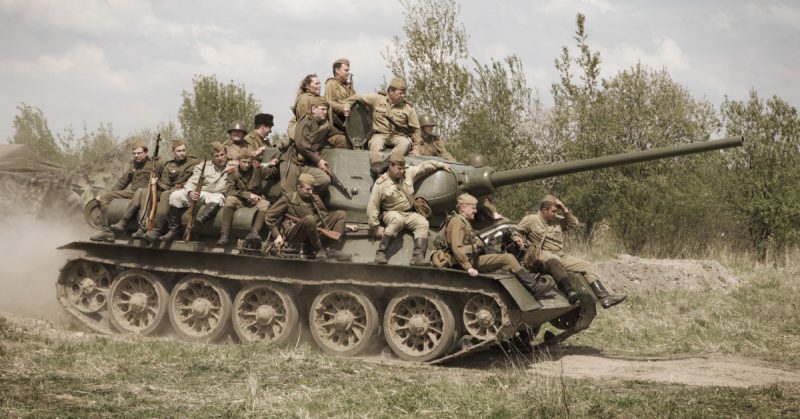On August 9, exactly three months after the surrender of Germany, the Soviets declared war on Japan and attacked on all fronts.
In one of the most overlooked achievements of Allied forces in World War II, the Soviet Union was able to defeat nearly a million Japanese troops and their allies in an area the size of Western Europe in little over three weeks.
Amazing logistics
Following through on their Tehran and Yalta conference commitments to join the war against Japan within three months of Germany’s defeat, the Soviets moved nearly two million Red Army soldiers and sailors across the continent to begin preparations.
The build up of Soviet forces was quick enough that Marshall Vasilievsky informed Joseph Stalin that he could begin the attack on Manchuria as early as August 5, 1945 if necessary.
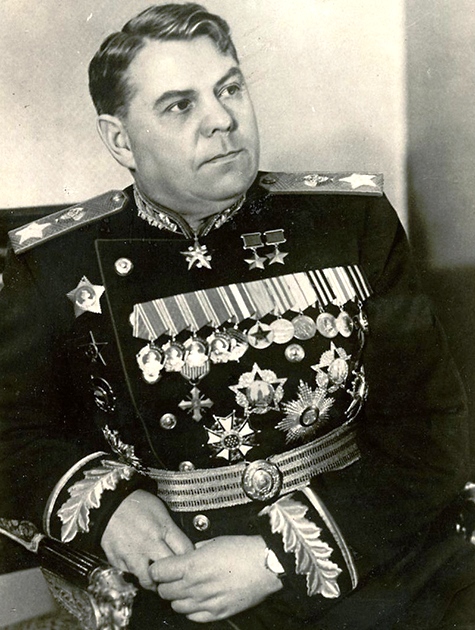
This large movement of troops was surprising to the Allies, and especially surprising for the Japanese Kwangtung Army in Manchuria which didn’t anticipate a Soviet invasion before Fall 1945 at the earliest.
In just three months the Red Army moved 89 combat divisions onto five fronts, supported by over 28,000 pieces of artillery, over 5,500 tanks and self-propelled guns, and nearly 4,000 aircraft.
The Soviet troops were equipped with new T-44 tanks and some JS-3 heavy tanks, as well as the new RPD light machine gun. Nearly a third of the total personnel were allocated in support and logistical roles to keep the army moving quickly.
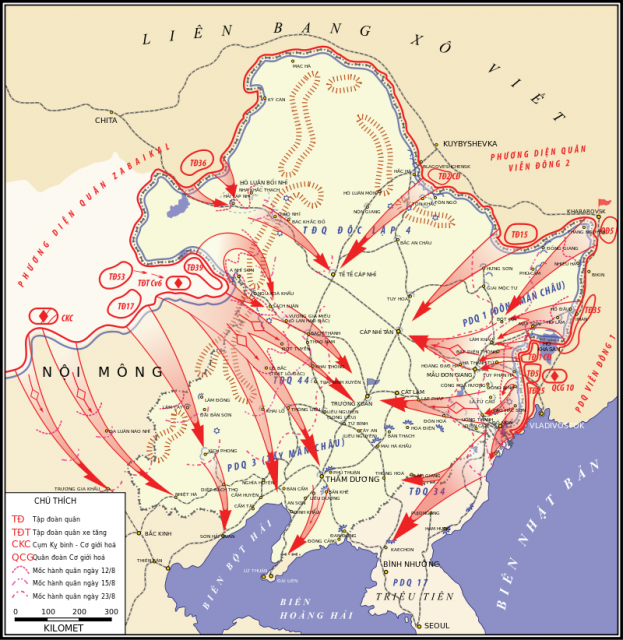
A bold pincer plan
To the west of Manchuria, the Soviet Trans-Baikal Front positioned six Soviet armies, including the elite 6th Tank Guards Army as well as reserves and air support. This force included over 600,000 soldiers.
To the east of Manchuria was the 1st Far Eastern Front made up of four Soviet Armies of combined arms plus reserves and air support with nearly another 600,000 troops.
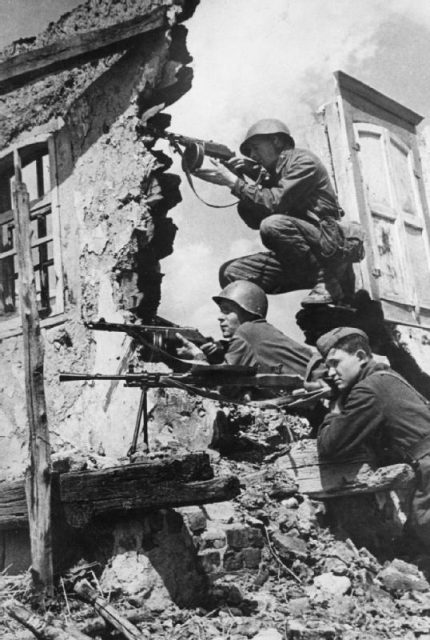
Furthermore, to the north of Manchuria was the 2nd Far Eastern Front which included another three Soviet Armies totaling almost 350,000 soldiers and their support elements.
In preparation for the offensive the Soviets built nearly 100 airfields to support the massive number of aircraft for tactical bombing, fighter coverage, and logistics to supply soldiers on the ground.
Each front was faced with a variety of geographic obstacles besides the immense size of Manchuria itself. All the fronts had a series of forested mountains in their path.
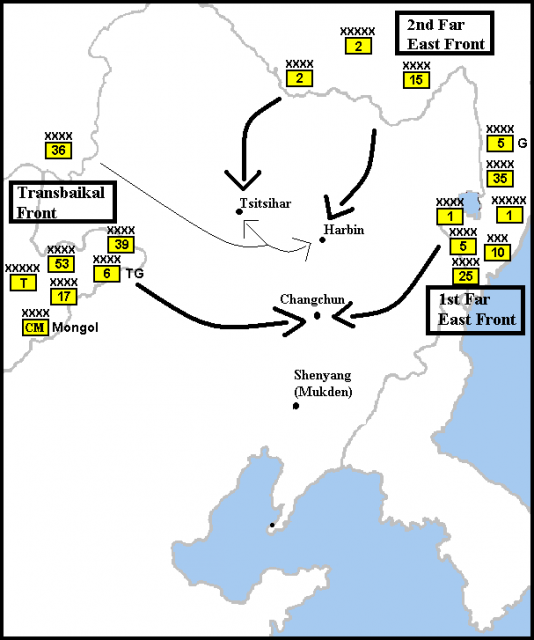
In the west, the Trans-Baikal Front had to cross huge inland deserts far from supply sources. For the 1st and 2nd Far Eastern Fronts to the north and east there were massive bogs and swamps that had to be navigated.
The majority of the Trans-Baikal Front moved east towards the Japanese stronghold of Changchun, while the 1st Far East Front went west to join them.
Meanwhile, the 2nd Far Eastern Front along with the 36th Army from the Trans-Baikal Front swept south towards Hardin and Tsitsihar.
On August 9, exactly three months after the surrender of Germany, the Soviets declared war on Japan and attacked on all fronts.
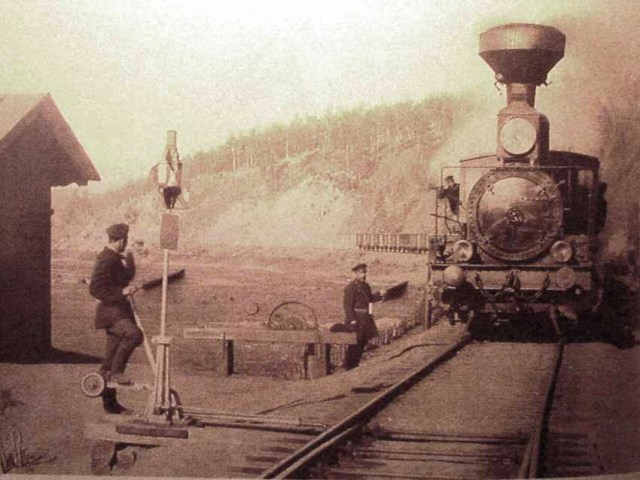
Rolling, rolling, rolling
The surprise, speed, flexibility, and ingenuity of the Red Army revealed itself immediately on all fronts.
Although the Japanese forces in the east initially put up stiff resistance, by the third day of the campaign the Soviets were attacking targets planned for the third week of the invasion.
The 25th Army of the 1st Far Eastern Front arrived in Korean territory in just two days after benefiting from Soviet naval support along the coast.
In the west, many units reported advances of 100 km per day and elements of the Trans-Baikal Front drove on towards the Yellow Sea to the south.
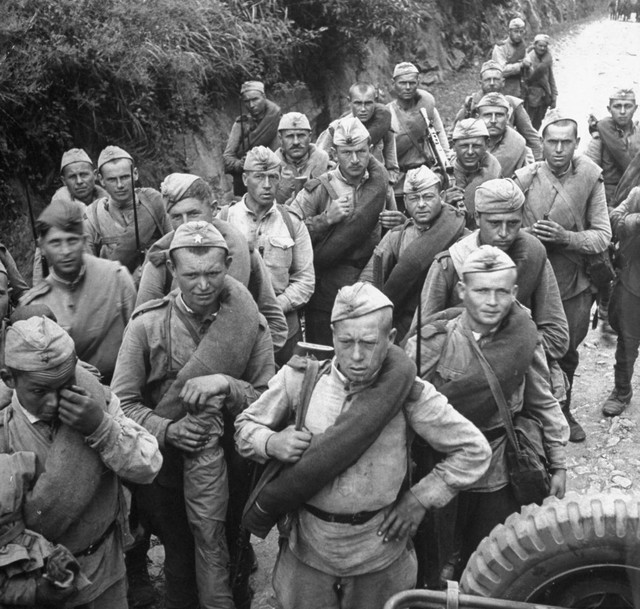
It appeared that the Red Army came prepared to keep things moving, no matter the obstacle. In the forests, tanks were used to knock down trees to clear paths, while engineers turned the trees into into 16 ft wide makeshift roads for artillery and vehicles.
In addition to the Soviet advances on the mainland and on the Korean peninsula, amphibious forces took control of the Kiril Islands and Sakhalin Island to the north of Japan.
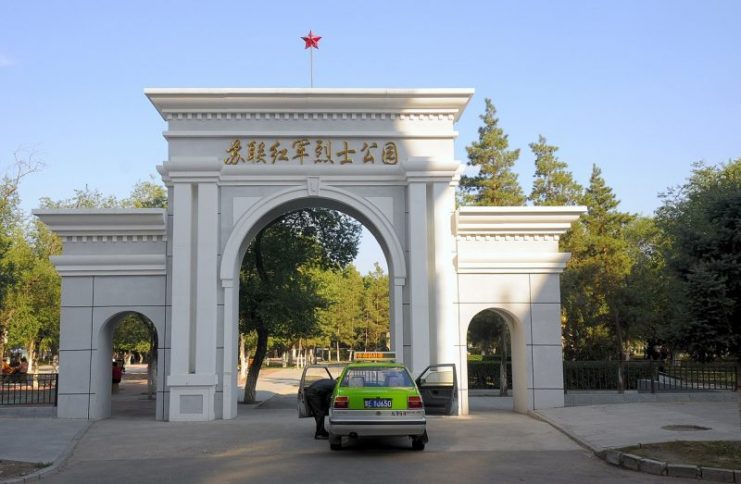
The Japanese army soon routed, while Japan’s forces in Manchuria officially surrendered on August 15, 1945. Nonetheless, pockets of fighting continued throughout the region for almost two more weeks.
Surrender
Some historians have posited that Soviet’s swift advance through Manchuria and into Korea, as well as their acquisition islands to the north of Japan prompted Japan’s decision to surrender.
While the dropping of atomic bombs on Hiroshima and Nagasaki were certainly a major contributor, there was little belief that Japan could bargain for better terms of surrender once the Soviets had taken their colonial possessions in mainland Asia.
